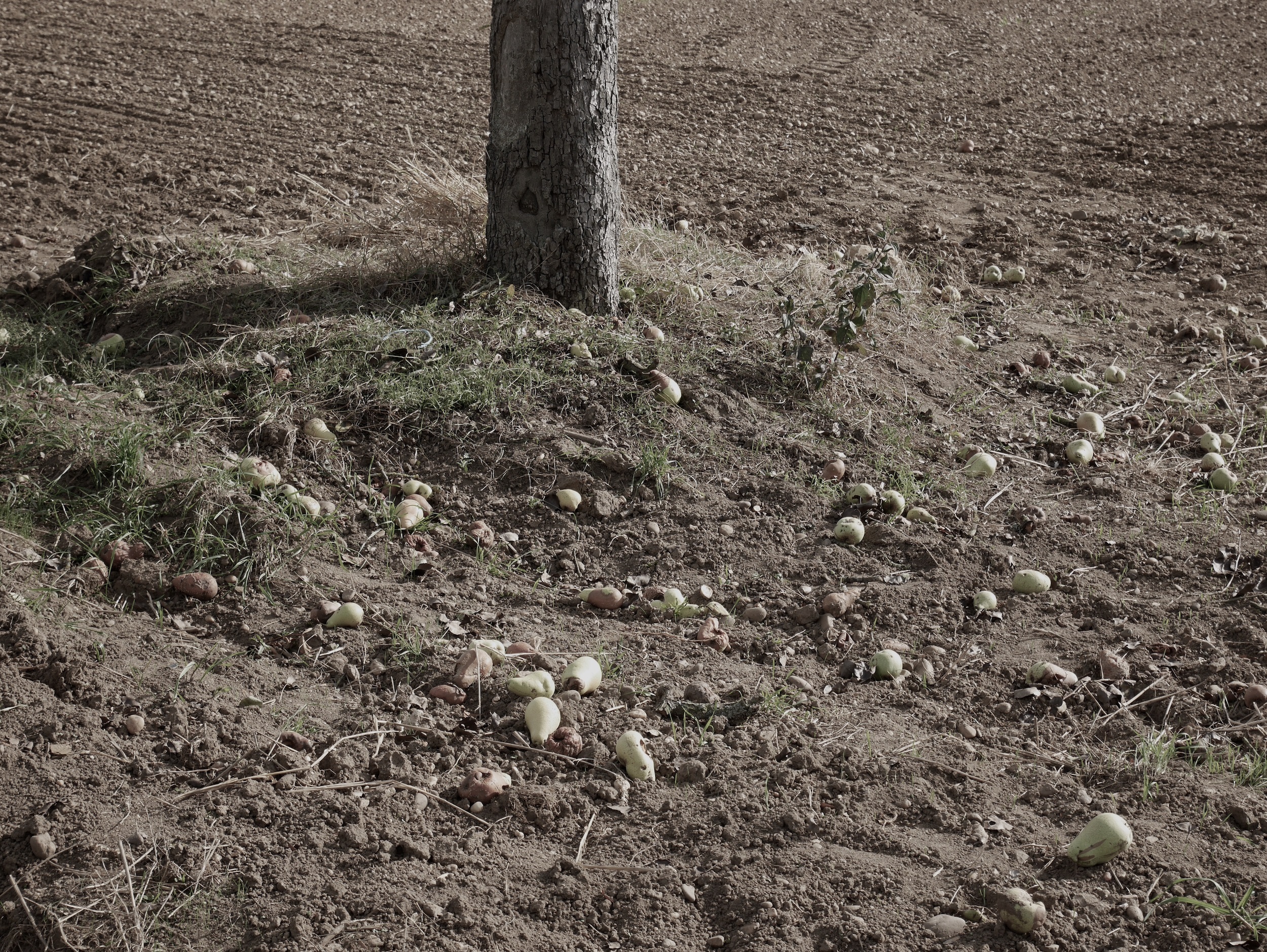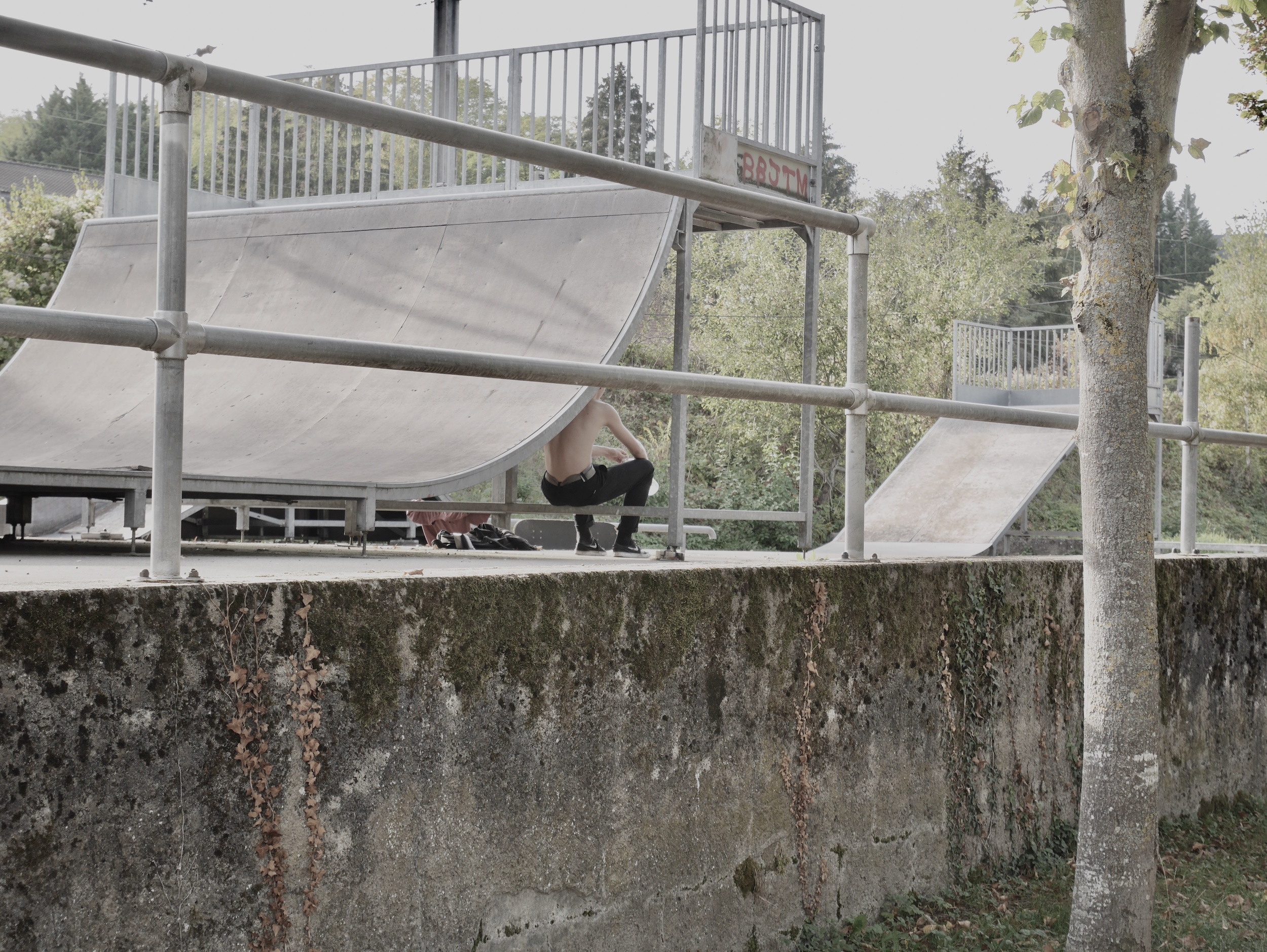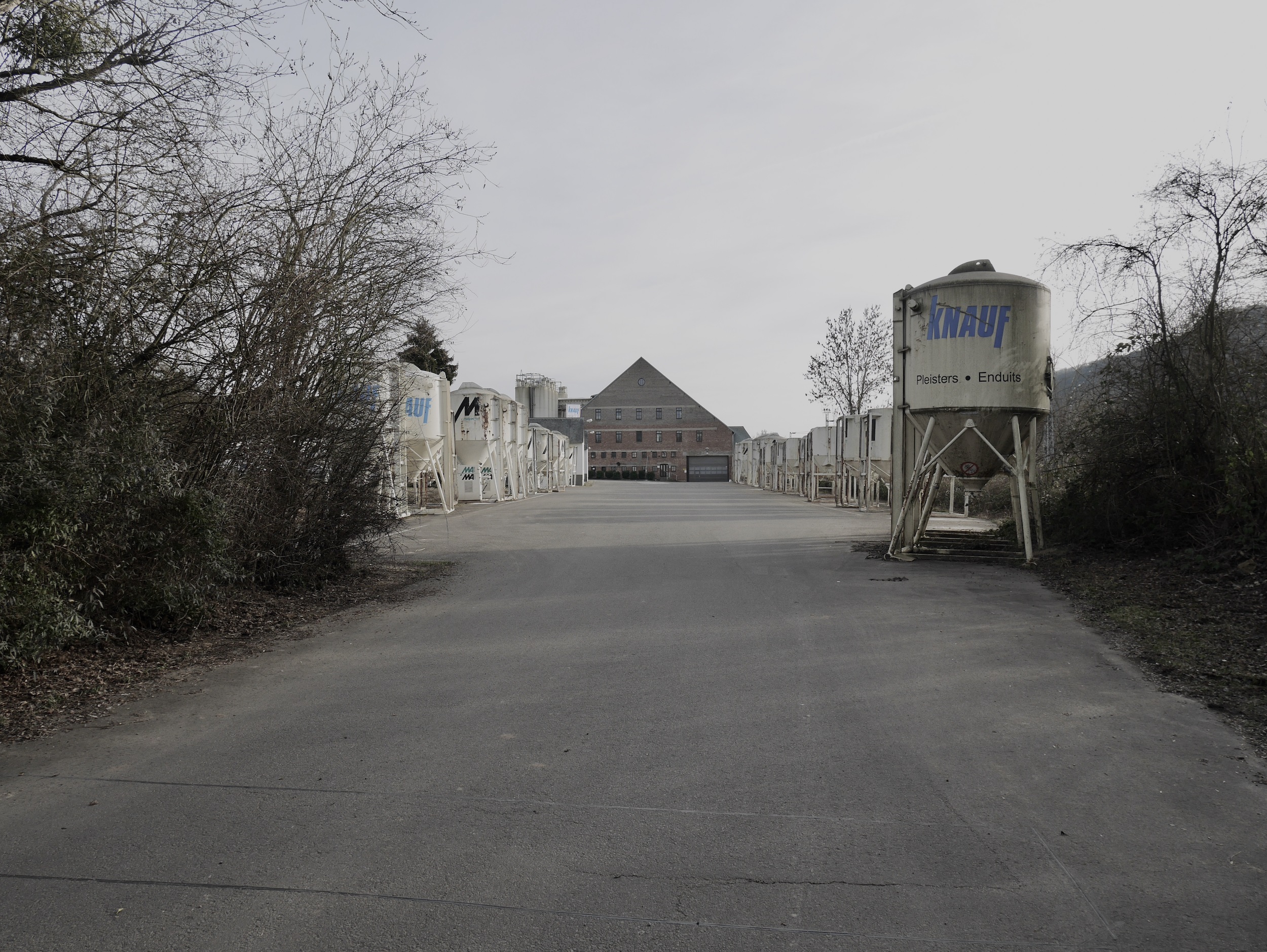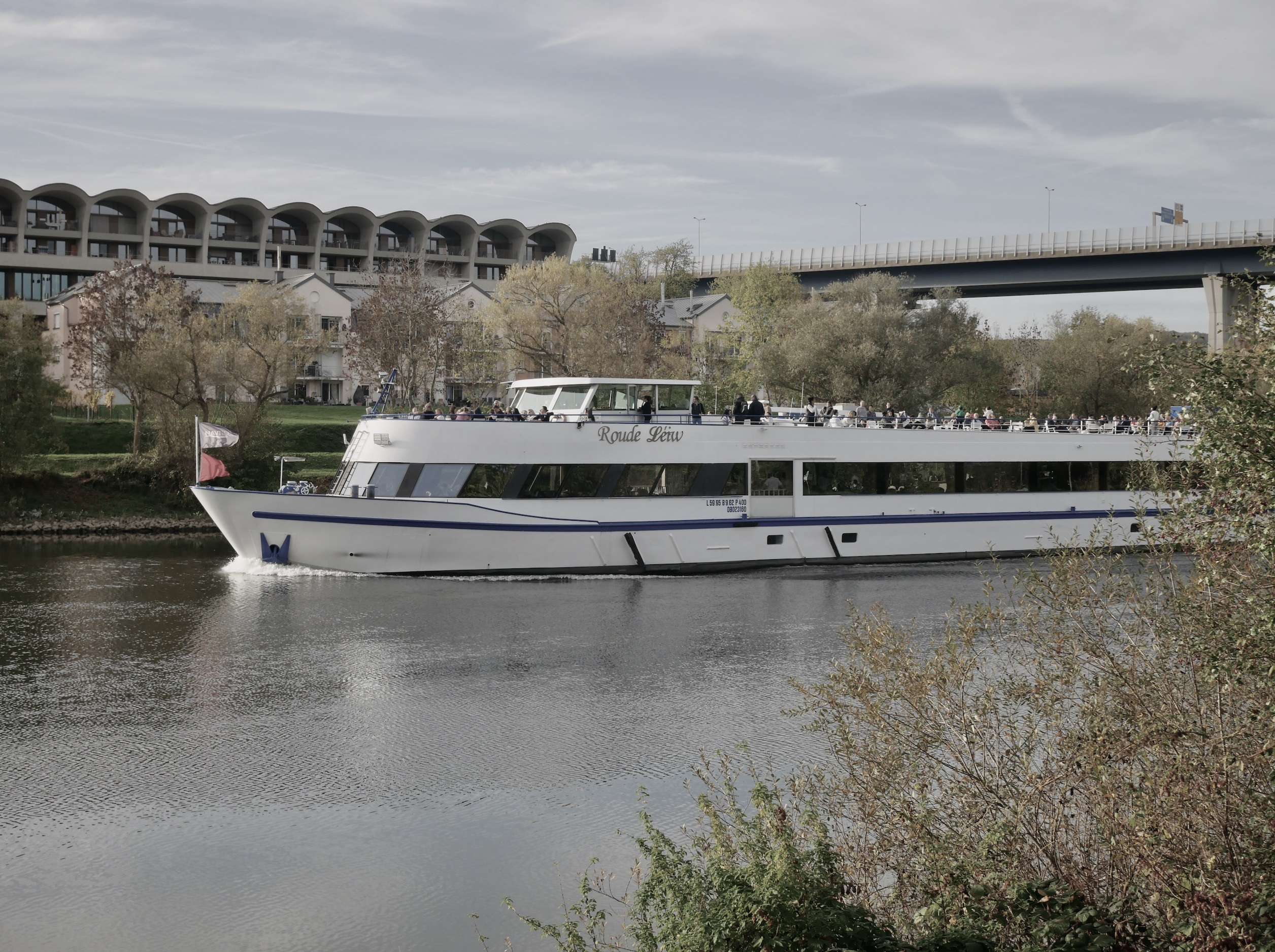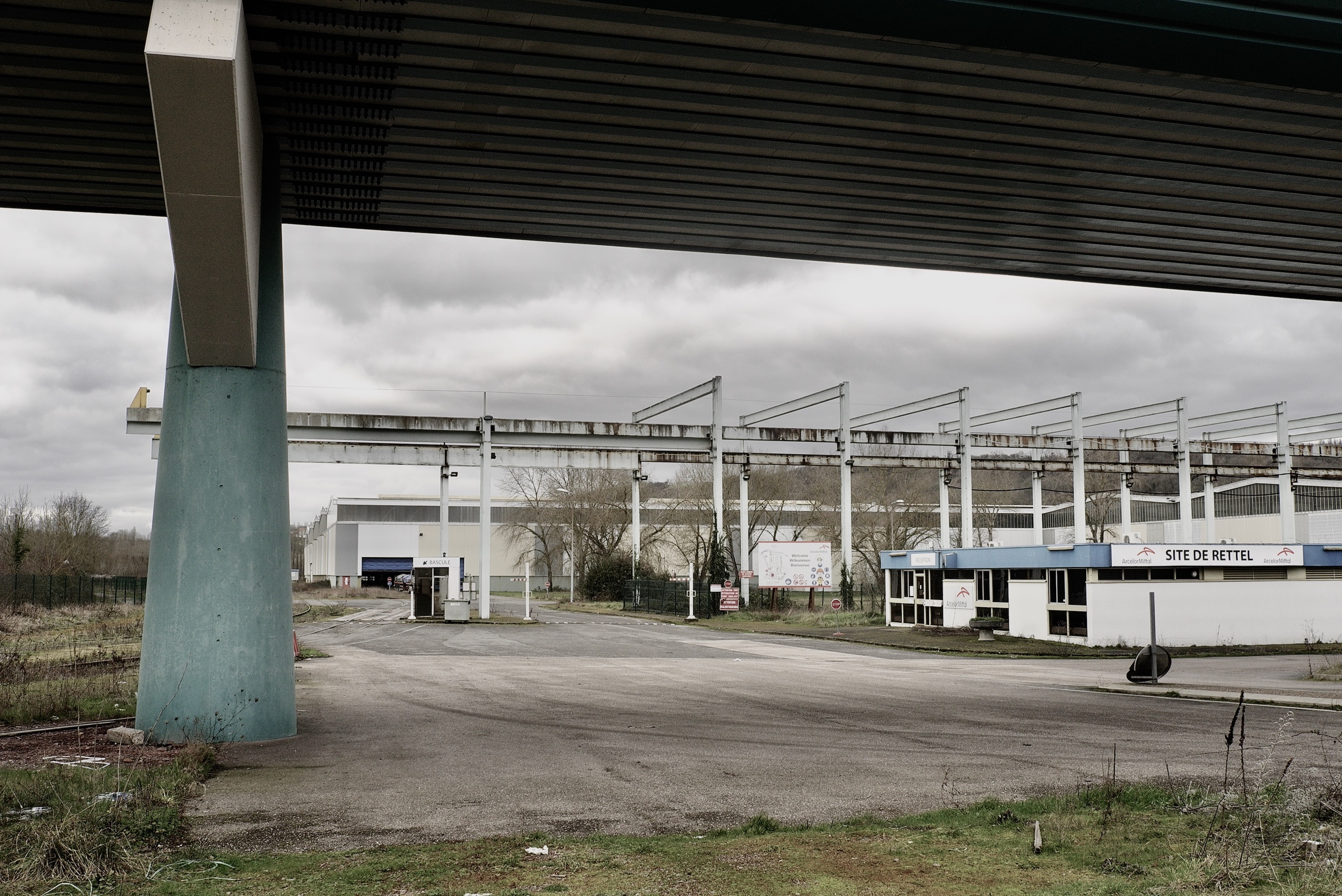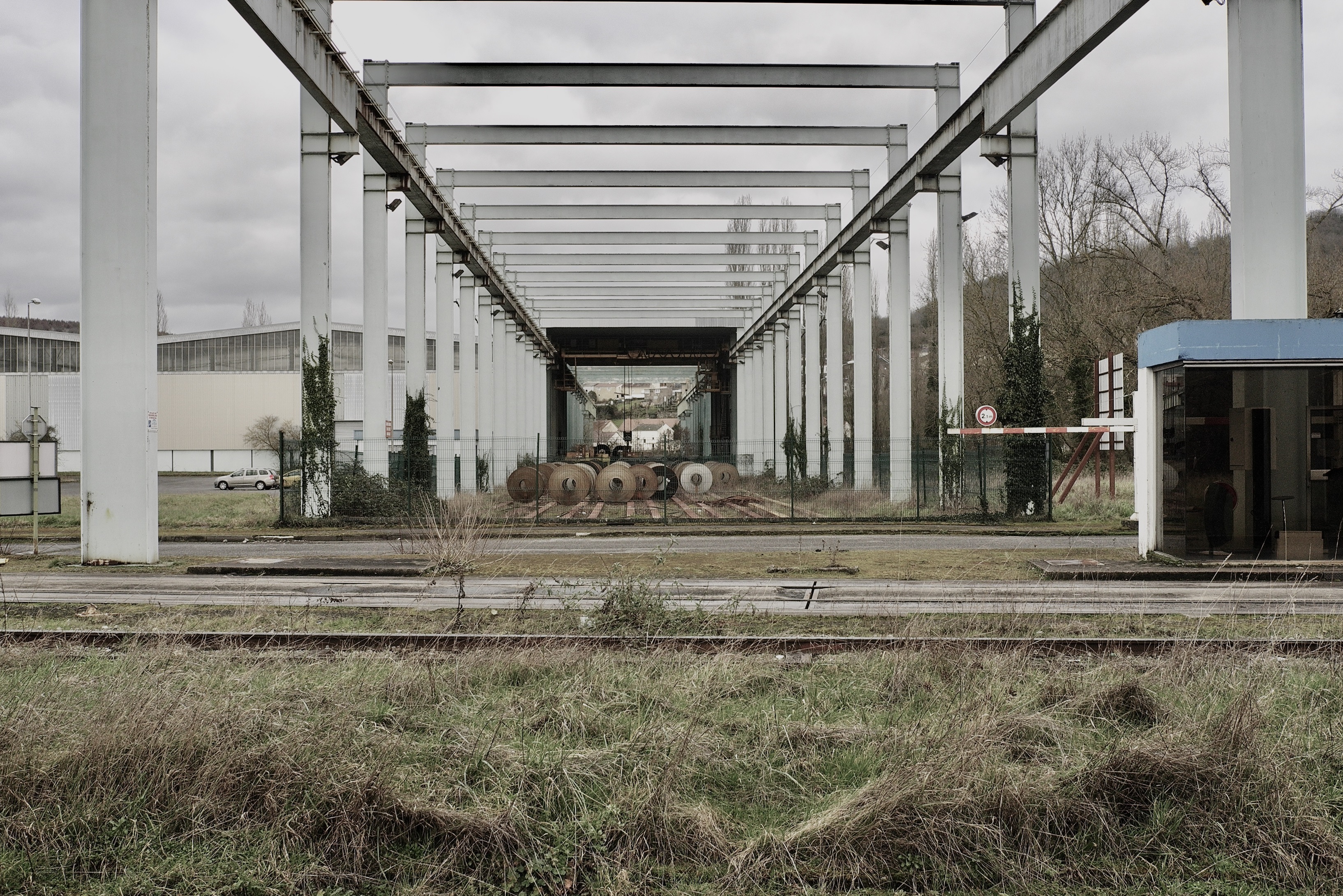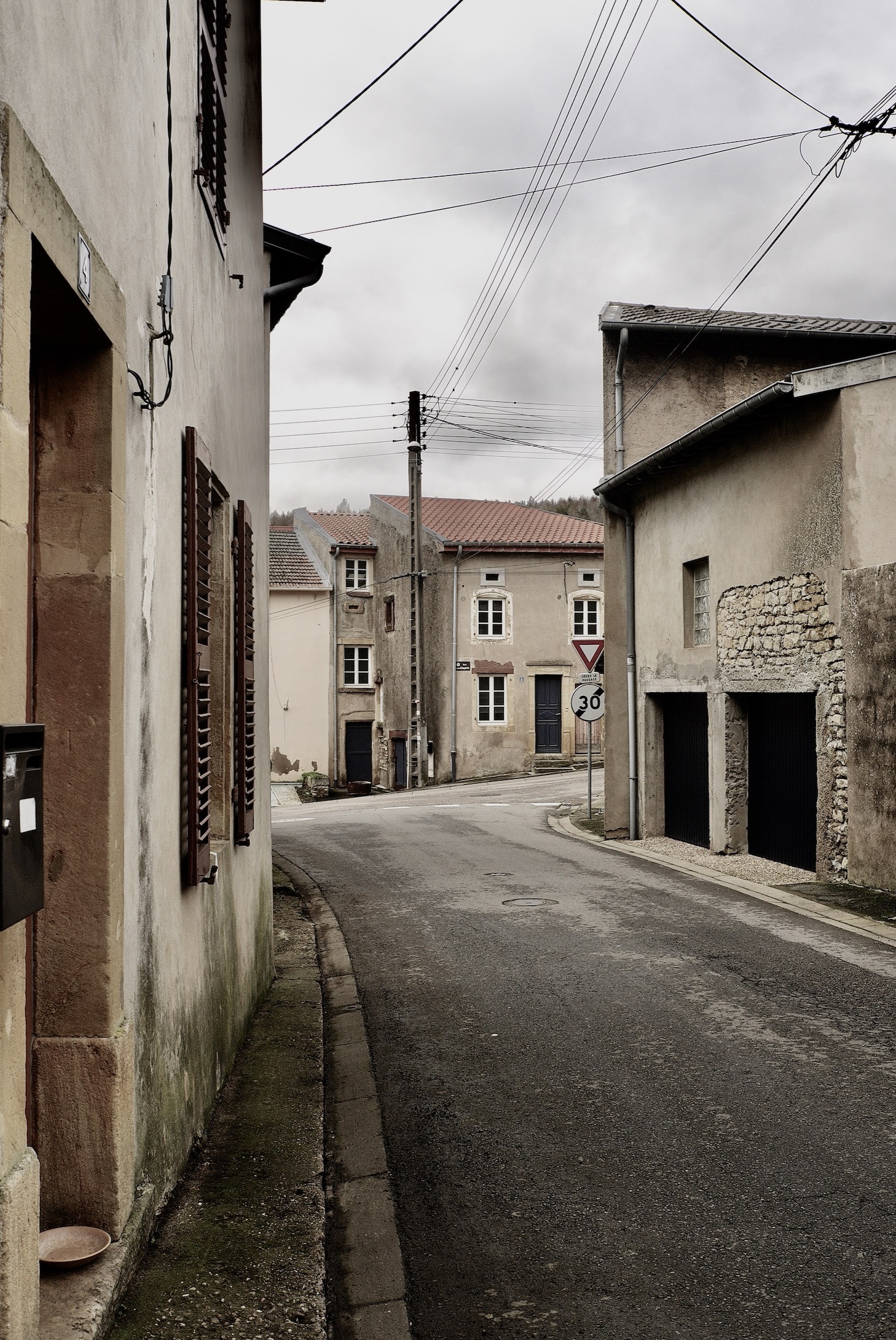Three Faces of a Coin
In the middle of the Moselle, a white beacon. What is its purpose? Is it a marker for merchant ships? Was it simply placed there by accident? No: it materializes the confluence of the French, German and Luxembourg borders. Nicknamed Pays des trois frontières in French and Dräilännereck in Platt, this unique territory has a rich, millenary and, more than anything, deeply European history. It was the coveted ground of both France and Germany between the wars, but also the home of one of the founding fathers of the European Union: Robert Schuman, who was born in Luxembourg and died in Scy-Chazelles, near Metz. But above all, it was at the Luxembourg border, and more precisely on the Princesse Marie-Astrid, symbolically anchored in the Moselle so as to be as close as possible to the France-Germany-Luxembourg tripoint, that the Schengen Agreement was signed on June 14, 1985, laying the foundation stone for the Schengen Area, where citizens of European Union countries can now travel freely. Today, the region, criss-crossed by border dwellers and dependent on jobs provided by Luxembourg, remains intimately linked to the European Union’s destiny. However, as a former major center of mining, metallurgy and steel production, it has also suffered the setbacks of the successive coal and steel crises that took place between the 60s and the 80s, leading to the decline of its industry and the gradual development of its tertiary sector. Furthermore, because of its fragmentation into numerous municipalities of different sizes, it now also has to deal with the problems that affect rural areas: poorly developed mobility networks, difficult access to goods and services, climatic variability, pollution… The series Three Faces of a Coin therefore aims to capture the various aspects of this multicultural region, which is as much marked by its past as it is resolutely future-oriented.



